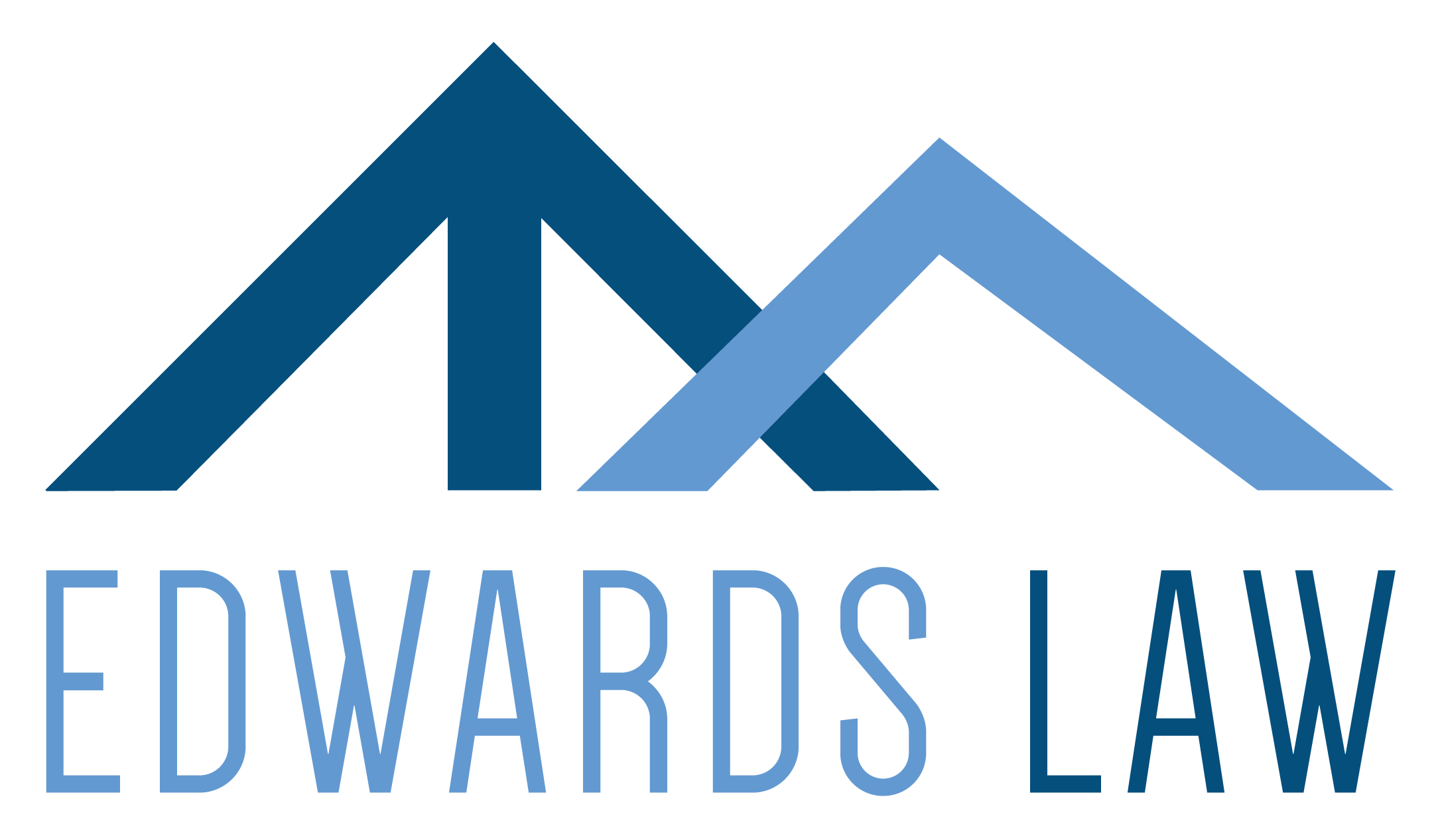
23 Apr Trials and Tribulations
In the last post we discussed the general anatomy of a lawsuit, and what your company should expect throughout the process. Here we touch a little more on the third phase of a lawsuit–trial. It costs approximately $30,000-$50,000 to take an average breach of contract or business tort case through to trial, so trial should be reserved as a last resort.
Bench Trial or Jury Trial?
As stated briefly in the last post, a case is tried to a judge and jury (called a jury trial) or only a judge (called a bench trial). Once a case is set to go to trial, a choice must be made whether or not to call a jury. Use of a jury depends on the type of case and the decisions of the parties involved.
Most civil matters may be tried with or without a jury. While in most civil cases the parties have a constitutional right to a jury trial, some cases can only be tried to a judge. The right to a jury trial however can be waived.
Voir Dire-the Process of Picking Your Jury
The anatomy of a trial is substantially the same with or without a jury, except for the voir dire process. During the voir dire process, the jury members are selected. The voir dire process involves potential jury members being questioned under oath by both parties’ lawyers, to determine if they have a bias or prejudice. During this process any potential juror can be challenged for cause. Also each side usually has the ability to excuse three jurors without cause (called a “peremptory” challenge).
Opening Statements-First Impression to the Court/Jury
Once the jury has been selected, each side’s attorneys have the opportunity to make what’s called an “opening statement,” which kicks off the trial. The opening statement outlines your case and what your side intends to prove. These statements provide the first impression of your case to the judge/jury, so they are very important. The defendant may choose to wait to give an opening statement until the beginning of its case.
Putting On Your Case as the Plaintiff
Upon completion of the opening statements, the plaintiff presents his/her/its case. The plaintiff must establish all of the elements of his/her/its claims at this time, to avoid dismissal of the case.
During this time, the plaintiff’s witnesses are questioned under “direct” examination by the plaintiff and under “cross-examination” by the defendant. Upon completion of his/her/its case the plaintiff “rests” or concludes in presenting the case.
Defendant Then Presents His/Her/Its Case
At this time the defendant may present an opening statement if not done so earlier. The defendant then produces his/her/its witnesses and evidence. At this time, the defendant’s attorney questions the defendant’s witnesses on direct examination and the plaintiff examines the witnesses under cross-examination. Upon completion of his/her/its case, the defendant rests. At this time the plaintiff may present any rebuttal witnesses.
Playing Defense
During the presentation of testimony and evidence by either side, an “objection” may be made by the opposing attorney. An objection is an argument made by the opposing attorney that evidence made by the presenting party should not be heard because it is irrelevant or excluded by law. If the judge agrees with (i.e.”sustains”) the objection, that information is excluded from use in the trial. If the judge disagrees with (i.e., overrules) the objection, the evidence is allowed in the trial.
Jury Instructions, Closing Arguments, Etc.
Once both sides have finished presenting their case, the judge will instruct the jury on the law and how it applies to the testimony and evidence that they have heard and seen.
Closing arguments are made to the jury or the judge by each side as a final summary of each side’s factual and legal position. If heard by a jury, the jury will then “retire” to deliberate on the verdict. If the case is being tried without a jury, the court may make a decision immediately or “take the matter under advisement” and advise all parties of his/her decision at a later date.
Once trial is completed and a judgment has been entered, there are a limited number of alternatives available if your company is not satisfied with the result of the trial, such as (1) post-trial motions asking the court to reconsider the decision of the court or jury; or (2) appealing the decision to the next higher court.
If you or your company is facing trial and you are unhappy with your current counsel, contact Edwards Law today to determine whether you and your company’s case could be better served with different counsel.


Abe
Posted at 17:31h, 20 MayThis really answered my issue, thank you!
Kellye
Posted at 18:39h, 20 MayI was waiting for this form of matter. Thank you very much for the location.